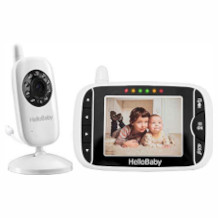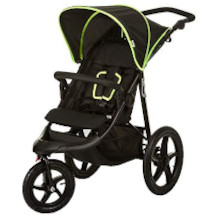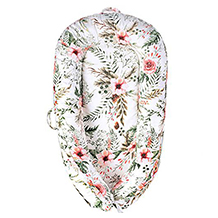Child carrier backpack purchasing advice: how to choose the right product
- The most important facts in a nutshell
- Babies and toddlers are carried safely and comfortably in a baby carrier.
- Carrying close to the body – whether on the back or in front of the chest – has a positive psychological effect on parents and children.
- Everyday models are lighter, while carriers for outdoor activities are equipped with all kinds of extras.
- Different adjustment options allow the carrier to grow with the child, so to speak. In addition, different sitting positions are usually possible for the child.
- With additional storage space, the carrier becomes a backpack combination.
Hiking with the child
The child carrier is a comfortable child seat that is carried on the back like a backpack with the help of straps and belts. Certain variants also allow the child to be carried in front, supported by shoulders or hips. Often these practical everyday helpers are also equipped with pockets or compartments, so that they actually function as a combination of child transport option and backpack. This makes them useful for everyday walks and tours, but especially for hiking and travelling.
Child carriers for excursions or everyday use
If you read up on child carriers, you will come across models for different areas of application. The materials used for child carriers include cotton, nylon or polyethylene, often in combination. Lighter models made of cotton are more suitable for everyday use. Thanks to the flexible carrying system, you can carry your child not only on your back, but also in front of your chest. Everyday carriers usually weigh less than one kilogram and are much lighter and softer than hiking packs. They can often be easily cleaned in the washing machine.
Versions for outdoor activities are much more robust and largely weatherproof. At first they seem more unwieldy and weigh around three kilograms, but they are equipped with a lot of extras. They often have provisions for protection against different weather conditions and numerous side pockets or compartments. They also have a fold-out support so that the harness can be put down and the child can continue to sit comfortably in it.
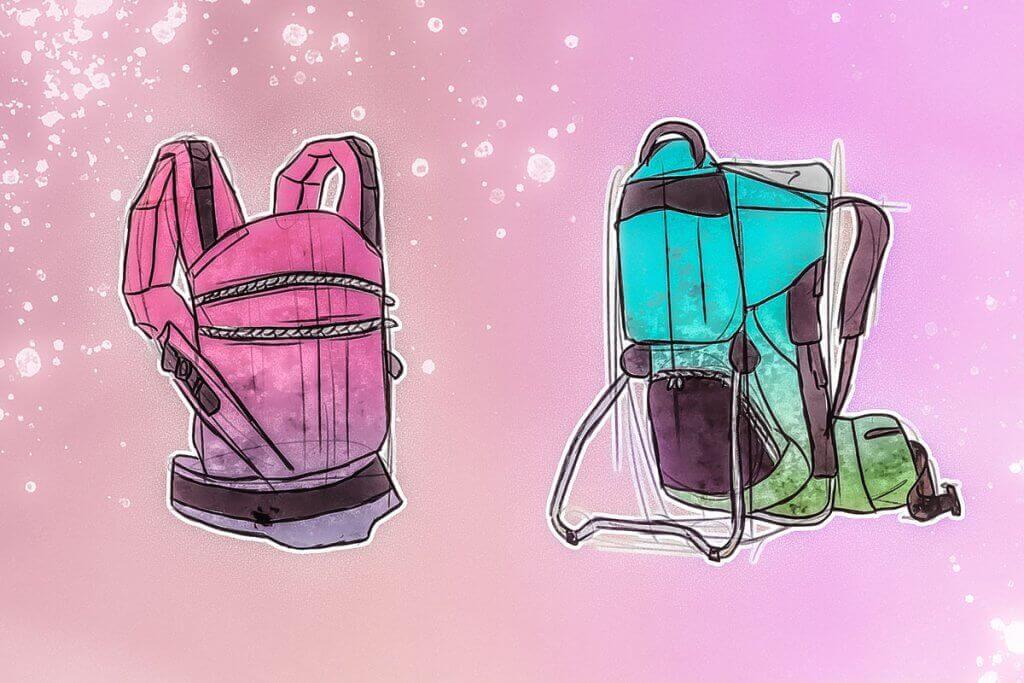
The outdoor variants are also called Kraxen. The child experiences the exciting tours from an elevated position; at the same time, it sits comfortably and close to a familiar person. For parents, the Kraxe is an attractive option especially on rough terrain. A pram would be much less comfortable for both child and parents on a bumpy surface, not to mention the larger dimensions. With the child carrier, however, you are less restricted in your mobility and have your hands free.
What age is the carrier suitable for?
As soon as the child can sit up independently and hold its head upright, it can be transported in the baby carrier. This is usually the case from the age of about eight months. If the children are older than three years, they should not be placed in the carrier. Even if they still fit, they slowly become too heavy at this age to be carried during a hike that is already physically demanding. Although there is no upper limit for age, pay attention to the maximum load capacity of the carrier in this context.
Positive psychological effect
The physical closeness of being carried conveys a sense of security, and the child also feels the body heat. But it is also nice for parents to have their little ones close to them on walks and outings. When children are carried in a carrier on the body – or in a sling – it strengthens the bond between parents and their offspring. It makes the little ones sensitive and they become aware of their surroundings.
Parents are more likely to sense when something is wrong with their child, when it is hungry or happy about something. When they carry their child close to their body, there is a kind of low-threshold communication. This allows them to react more sensitively and directly to the child’s needs. Statistically, babies cry less often when they are carried regularly.
Supporting physical development
The Kraxe can be adjusted and adapted to the child’s growth with the different straps and straps. This way, it always sits firmly and securely and cannot stand up. Babies need some support from the carrying system so that they remain in an ergonomically correct sitting position. Toddlers, on the other hand, should be given a little more freedom of movement in the baby carrier.
Besides the psychological benefits, carrying children in the correct position also has a positive effect on the body. In the squat-splay position, which is supported by child carriers, the hip joints are kept in their correct alignment, which prevents malpositions in this area. At the same time, the back is relieved and the development of the spine into its S-shape is supported. In general, carrying the child more often also prevents a crooked head, which can result from lying down too often and for too long.
What does a baby carrier need?
It is important that not only the child sits safely and comfortably, but also that the wearer experiences as little strain as possible. The weight of the carrier, the child and additional luggage can quickly add up to 20 kilograms. Adjustable straps and brackets ensure optimal weight distribution. The load should not only be on the shoulders, but also on the hips. The more adjustable details, the better for individual needs. Then the Kraxe can be carried by several people, for example both parents, and children of different sizes have their place in it.
Adjustable and breathable back section
If, for example, partners of different heights want to take turns carrying the child, an adjustable back length is important. Correctly adjusted, it supports a straight posture and at the same time serves as a head rest for the child. The back length of some models can be adjusted in various stages, but ideally this should be infinitely variable.
Just as with backpacks, it is also pleasant for children’s carriers if the back section is breathable. For this purpose, manufacturers equip them with a mesh fabric and a slight curvature so that the back panel never lies exactly against the body.
Special child carriers for women
Children’s carriers are unisex and can be worn by both men and women without any problems, especially if they have an adjustable backrest. However, there are also women’s models that are specially adapted to the female anatomy. The shoulder straps are more curved and the hip belt, which rests on the pelvic bones that are usually more pronounced in women, is more padded.
A seat that grows with the child
Children grow particularly quickly in the first months and years of life. It is therefore important that a baby carrier is designed to accompany this growth. Various adjustment options allow it to grow with the child. For example, the seat should be adjustable in height. In addition, ideally all the brackets and supports should be adjustable.
The children can often sit in different positions in the carrier. In a relaxed and slightly crouched position with the legs spread apart, the so-called crouch-and-spread position, the little ones can relax and sleep well. With an adapted seat shell, however, a straight sitting position is also possible.
Supports for head and feet
So that the child can rest in the harness and be as comfortable as possible, there are supports for the head. On the one hand, there is a soft head or chin rest in front of the little passenger, and on the other hand, there is a neck cushion on the back. This makes it possible for the child to lean comfortably against the front and back; on top of that, he or she is protected from any bumps.
There is also a support for the feet in the form of stirrups or foot loops. This way they can always rest and the legs don’t dangle around. This improves their circulation and they do not fall asleep or cool down so quickly.
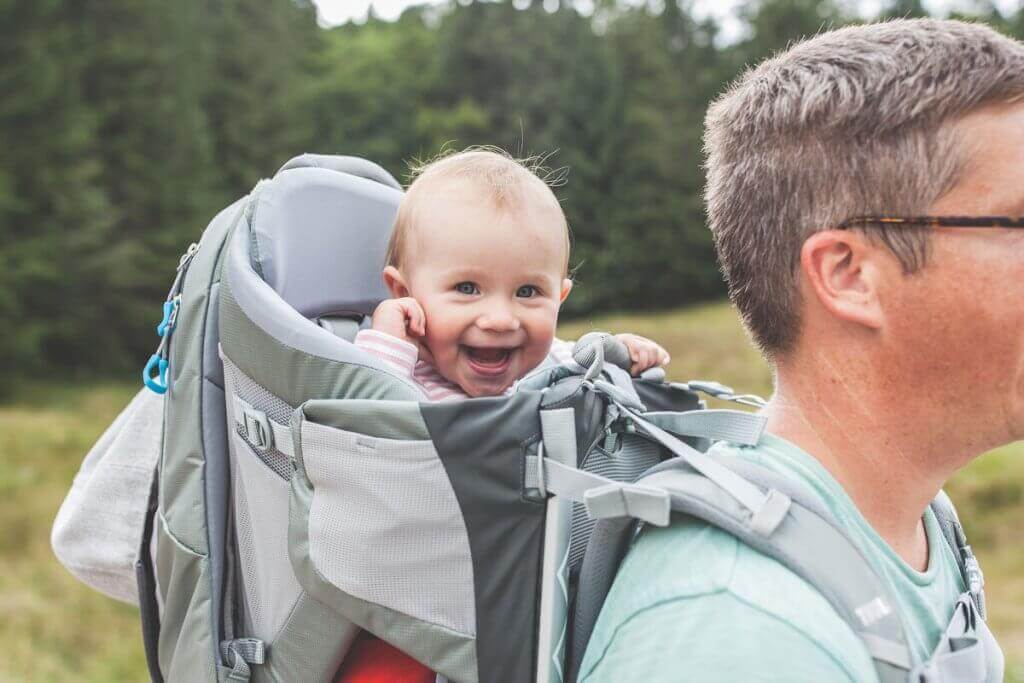
Additional components
Some child carriers have stowage options such as bottom or side compartments. Here you can easily carry small items for yourself or your child. Bottle holders are also an integral part of some models. Some even have an integrated rucksack with a capacity of several litres, in which you can carry everything you need for you and your offspring, at least for a day trip.
In any case, the Kraxe should be equipped with a sun canopy or rain cover or be retrofittable. For cold days, the harness can be enclosed with a well-fitting thermal protector, for example made of fleece fabric. Protect your child from extreme weather conditions and carry sunscreen and a rain jacket, as little ones are more susceptible to sunburn and colds.
How much does a child carrier cost?
Some designs can be had for under 50 euros. Everyday models are usually cheaper than the more versatile packs for hiking tours. The more extras and variations they have, the more expensive they are. However, it is not a bad idea to invest a little more money in buying a child carrier if you plan to use it for a long time. Especially if you are on frequent hikes and excursions and want to have your offspring with you as closely as possible, you should not do without a well-equipped carrier. If you regularly carry your child in the carrier for more than three years, it is well worth the expense.
Hints for use
In principle, it is possible to take the child in the carrier on tours lasting several days. However, you should not put too much physical and mental strain on it right away. Get your child used to hiking tours and start with day or weekend excursions. When hiking, children need enough breaks – at least one per hour. Take them out of the backpack and let them walk or crawl around a bit. However, avoid leaving the child unattended in the carrier in any case – even if he or she is asleep.
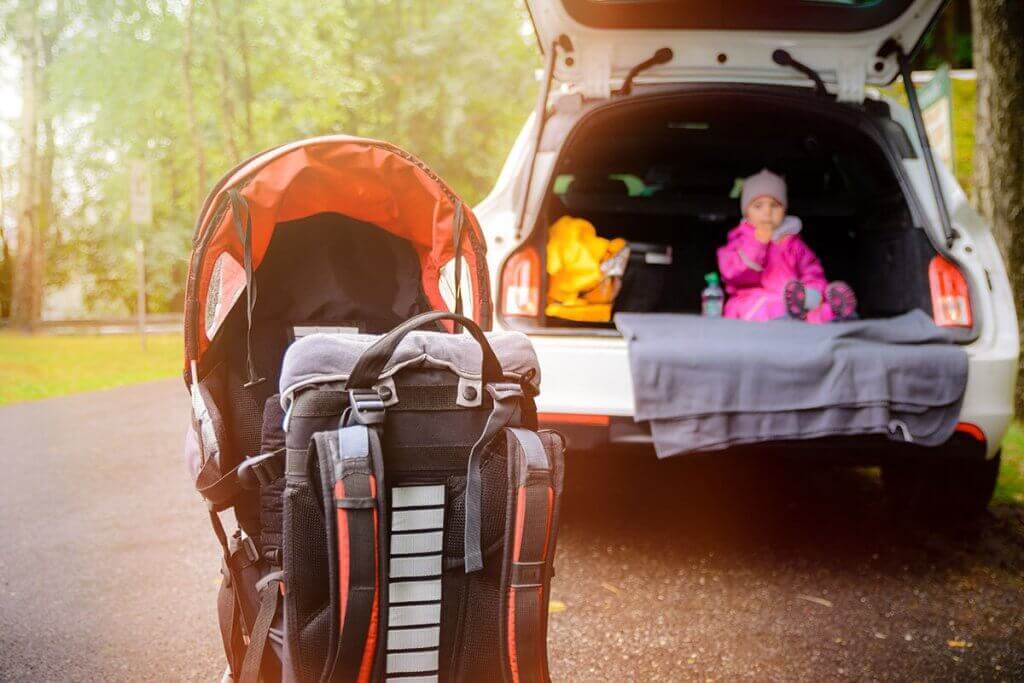
Do not face forward
If you want to transport your child in the carrier in front of your stomach, do not position him/her facing forward. The child carriers are not designed for this position. Even if the manufacturer recommends such a position, you should refrain from doing so. Since there is then no back support, the child may develop a malposition in the back muscles. In addition, the baby would be exposed to a visual sensory overload.
Differences to the baby sling
For everyday use, such as going shopping or for a short walk, it is not necessarily necessary to use a baby carrier. In these cases, many parents swear by a baby sling, which also does a good job of carrying the baby close to the body. However, handling it requires some practice, as the sling has to be placed correctly around your own hips and neck as well as around the child. There are different ways of tying the sling; some require longer versions. Usually they are between two and a half and five metres long. They are made of strong fabrics that are not easy to tie, but they provide good support and warmth in cool temperatures. It is sensible to have a person by your side during the first attempts at diapering and carrying, who is familiar with the subject and can give assistance or support the child if necessary.

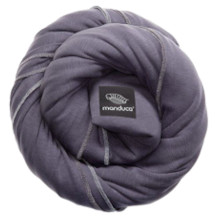
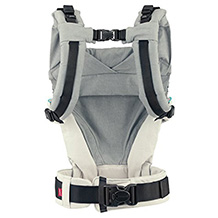
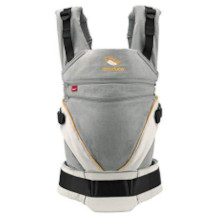



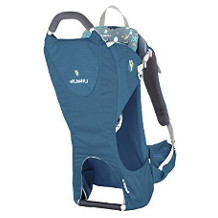

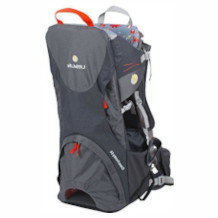
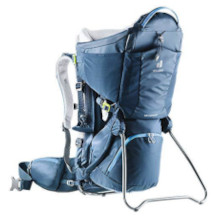
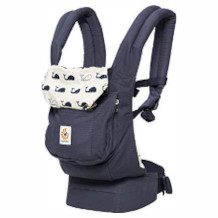
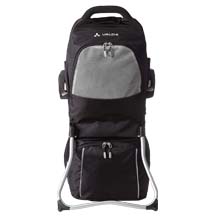
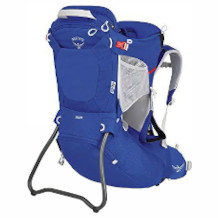

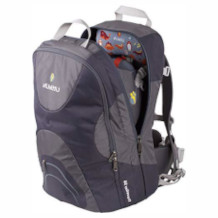
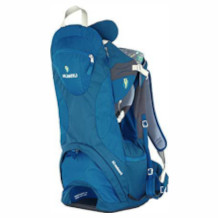
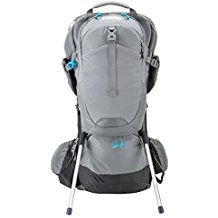
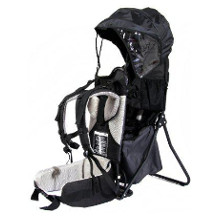


 1,851 reviews
1,851 reviews

